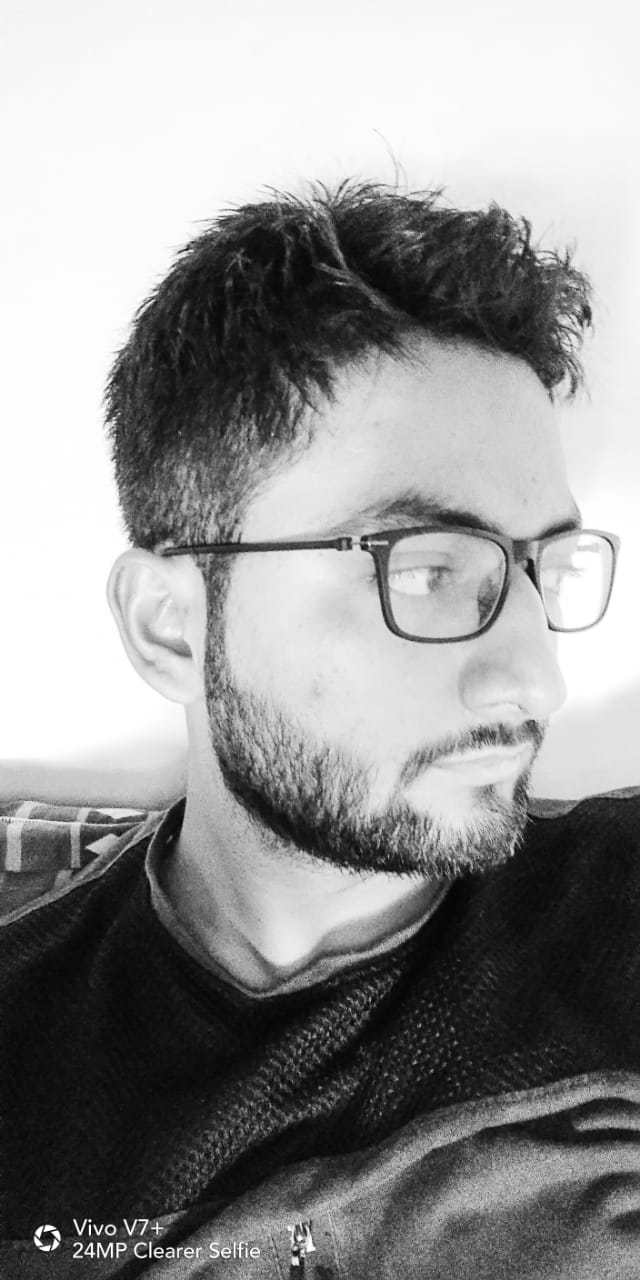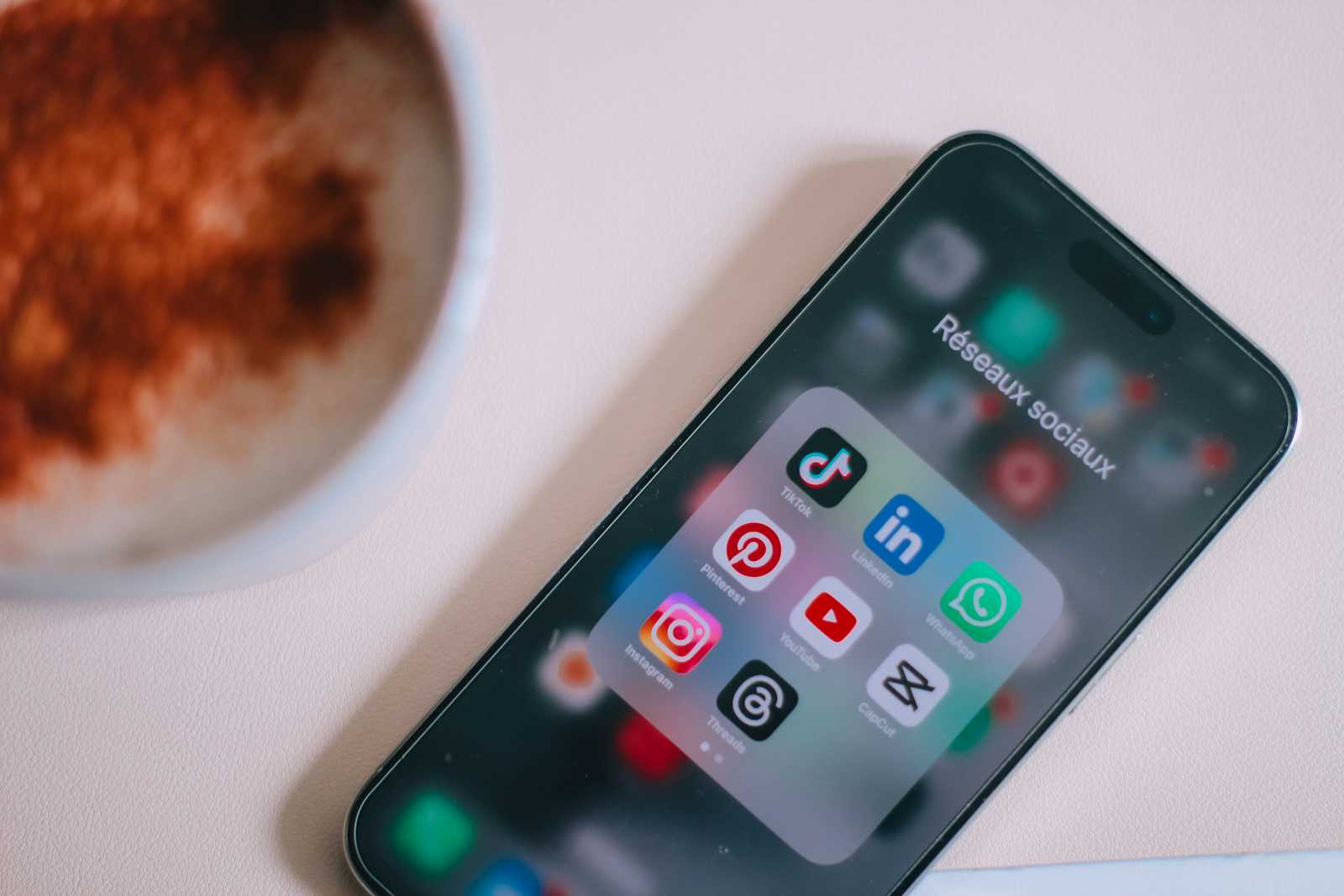Gen Z Meets LinkedIn: Navigating Professional Growth in an Open Network
 Syed Ataullah Bokhari
Syed Ataullah BokhariTable of contents

In the digital landscape, LinkedIn stands out for its open and inclusive networking framework, where anyone can send a connection request, provided it is done professionally. A LinkedIn request from someone you don’t know personally is not inherently negative; rather, it reflects the platform’s core purpose of expanding professional networks, gaining insights, and exploring potential collaborations. Yet, some individuals—particularly among the newer Gen Z generation—assume that an unsolicited connection request is unwelcome or reflects some flawed intent, creating an unnecessary barrier to genuine connections.
LinkedIn is structured for open networking, allowing people to connect across industries, locations, and levels of experience. This open approach is a unique strength of the platform; it encourages diverse perspectives and fosters learning and development. Dismissing connection requests simply because they come from unfamiliar people risks missing valuable relationships or opportunities that could otherwise lead to personal and professional growth. When someone reaches out, it’s important to approach it with a mindset that focuses on the potential for positive, mutually beneficial interactions rather than assuming negative intent.
With that said bad apples are just about everywhere this doesn’t defeat the purpose of linkedin per se.
However, for many Gen Z users, who grew up with platforms like Instagram, Snapchat, and TikTok, the lines between personal and public have often been blurred. They may interpret LinkedIn connections through a social or casual lens, influenced by these platforms' focus on followers, likes, and personal validation. This background can lead to unintended issues on LinkedIn, where a professional networking approach is still the norm. Some Gen Z users might view LinkedIn connection requests as more personal than professional, mistaking them for attention-seeking or interpreting them through a social filter rather than recognizing them as professional gestures.
LinkedIn is not about instant validation or forming connections solely for personal or social gain. Treating each request as rooted in professionalism aligns with the platform's purpose. Gen Z’s tendency to seek quick validation and judge interactions through social media norms can sometimes hinder their openness on LinkedIn, fostering a hesitation to reach out first or connect with unknown professionals. This reluctance often stems from a social media culture that values exclusivity, where initiating contact might be seen as a sign of “neediness.” Consequently, some Gen Z users might struggle with LinkedIn’s more open and professional nature, focusing too much on “who” connects first rather than on “why” the connection might be beneficial.
This social mindset can lead to a misinterpretation of LinkedIn’s networking approach, assuming that a connection request from someone unfamiliar must have a hidden agenda. In reality, networking across professional boundaries is a key aspect of LinkedIn’s strength, enabling individuals to learn from each other and grow. Rejecting connection requests outright or assuming they are misplaced without reviewing their content or intent doesn’t align with the ethos of LinkedIn, which thrives on expanding horizons and building bridges between professionals.
Ultimately, LinkedIn users—Gen Z included—should embrace the professional openness the platform promotes. Anyone can send a connection request, and when it’s done respectfully and with a professional focus, it should be received without assumptions about flawed intentions. Recognizing LinkedIn’s unique purpose and reframing unsolicited requests as positive opportunities can help foster a more inclusive, constructive environment. By understanding that connection requests are not inherently personal or intrusive, all users can contribute to a more respectful, effective LinkedIn experience that serves everyone’s professional growth.
Subscribe to my newsletter
Read articles from Syed Ataullah Bokhari directly inside your inbox. Subscribe to the newsletter, and don't miss out.
Written by

Syed Ataullah Bokhari
Syed Ataullah Bokhari
Developer based on Jamshedpur. Currently learning new technologies. Rapt learner.